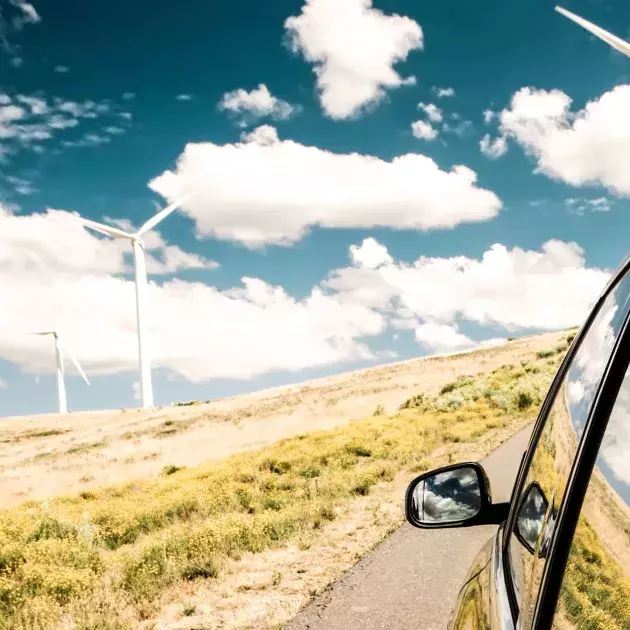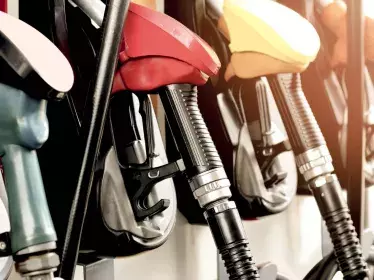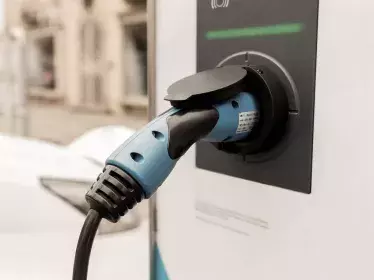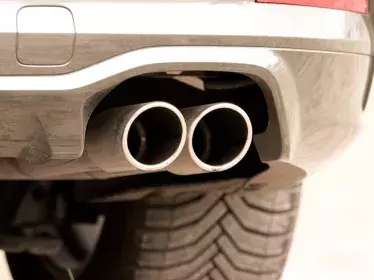There will need there to be behavioural changes in order to limit global warming. This transition will be stimulated by taxation, particularly in relation to carbon dioxide (CO2 emissions).
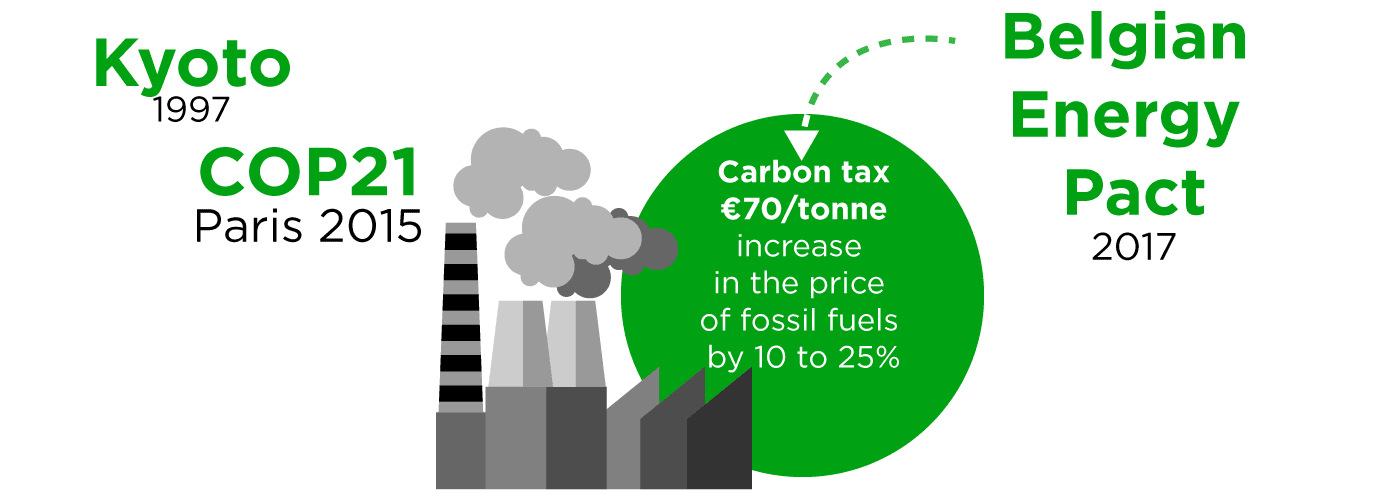
Where does the carbon tax come from?
The carbon tax is part of the International Climate Agreement signed in Paris in 2015 (COP21). It is an environmental tax that aims to reduce carbon dioxide emissions. This greenhouse gas is now mainly produced as a result of human activity. The aim of this tax is to therefore make those sectors that emit CO2 contribute funds that will be used to finance more environmentally friendly alternatives. The carbon tax applies to fossil fuels (oil, coal and gas). Its objective is to control global warming.
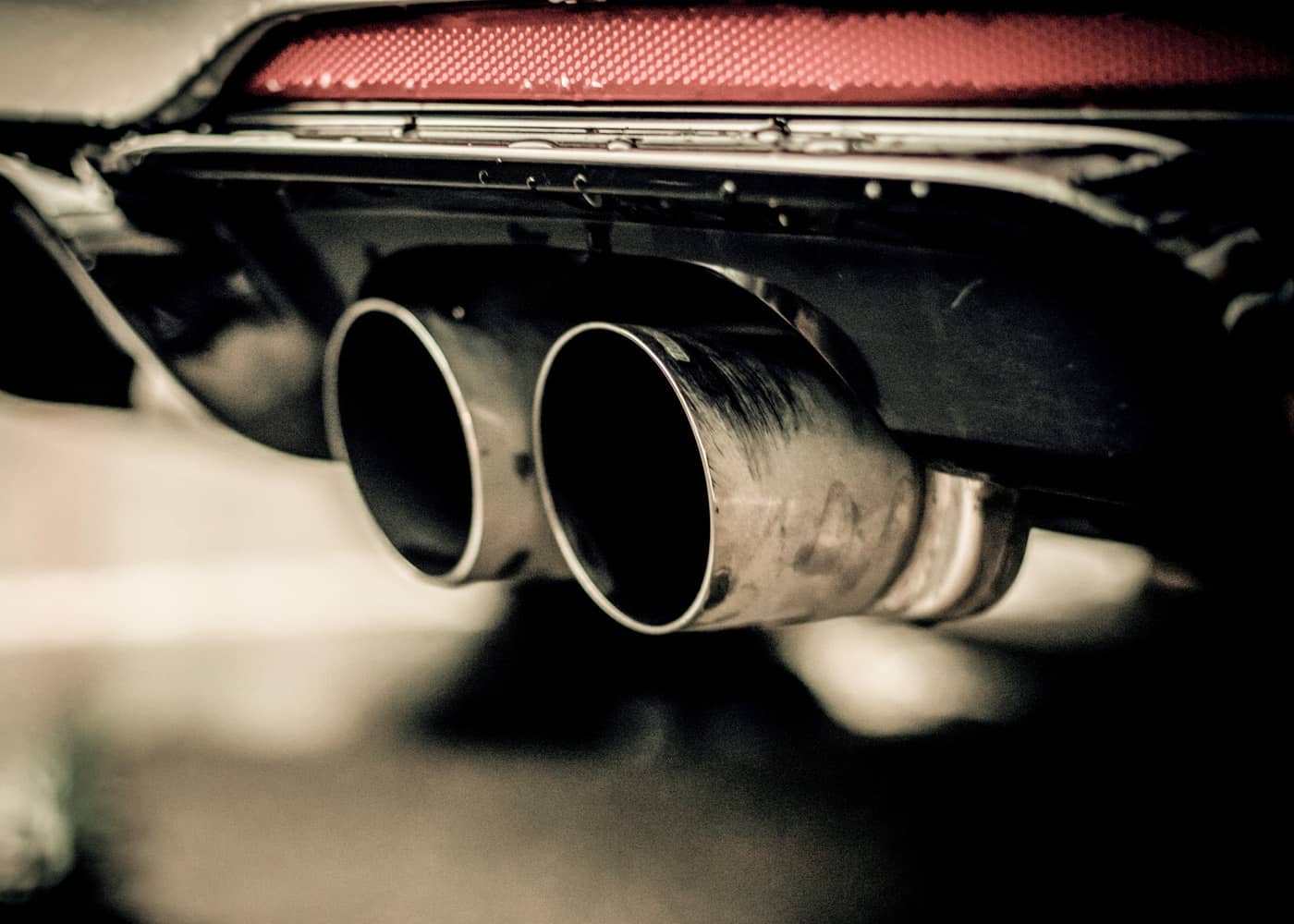
How much does the carbon tax cost?
Although the principle of a carbon tax was mentioned as early as 1997 (in Kyoto), it has only very recently been implemented. To date, the only European countries to roll it out so far are France, Sweden and Switzerland. In 2014, the price of the carbon tax was €7/tonne, but this quickly increased. The energy transition is a slow process and that makes it more expensive. The price per tonne of CO2 is now between €70 and €100.
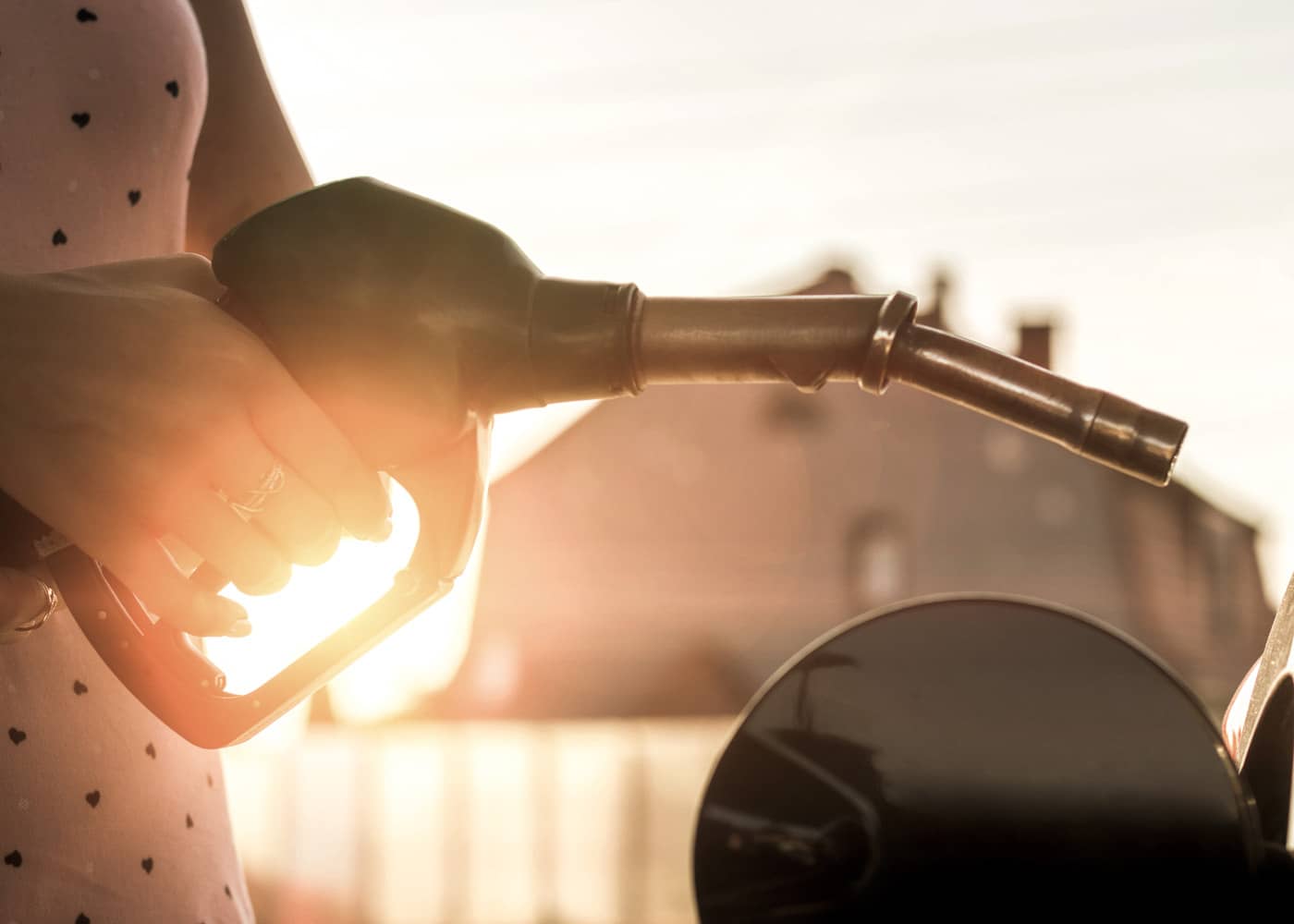
Is there a carbon tax in Belgium?
The Belgian Energy Pact was adopted at the end of 2017. It provides for the introduction of a carbon tax. In 2021, however, the ‘carbon tax’ component has still not been implemented. The government has indicated that it intends to implement it, but by integrating it into a more global redesign of the taxation system. Currently, the CO2 tax rate in Belgium is lower than that of our European neighbours. On fuels, it is levied via the “energy” contribution that is included in excise duties. It is currently estimated that with a carbon tax of €70/tonne by 2030 (which is an optimistic tariff), the price of fossil fuels (petrol, diesel, fuel oil and heating gas) would increase by 10 to 25%.


